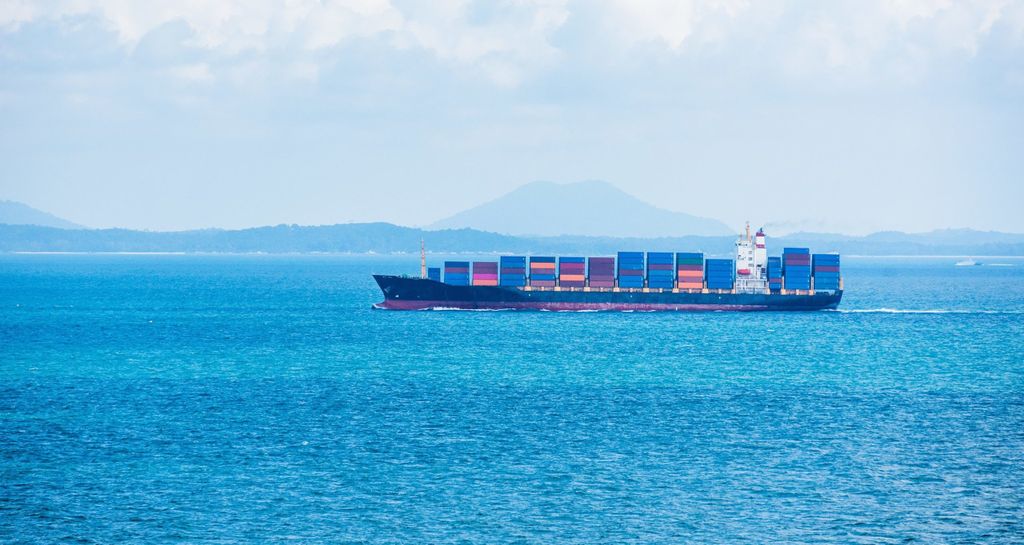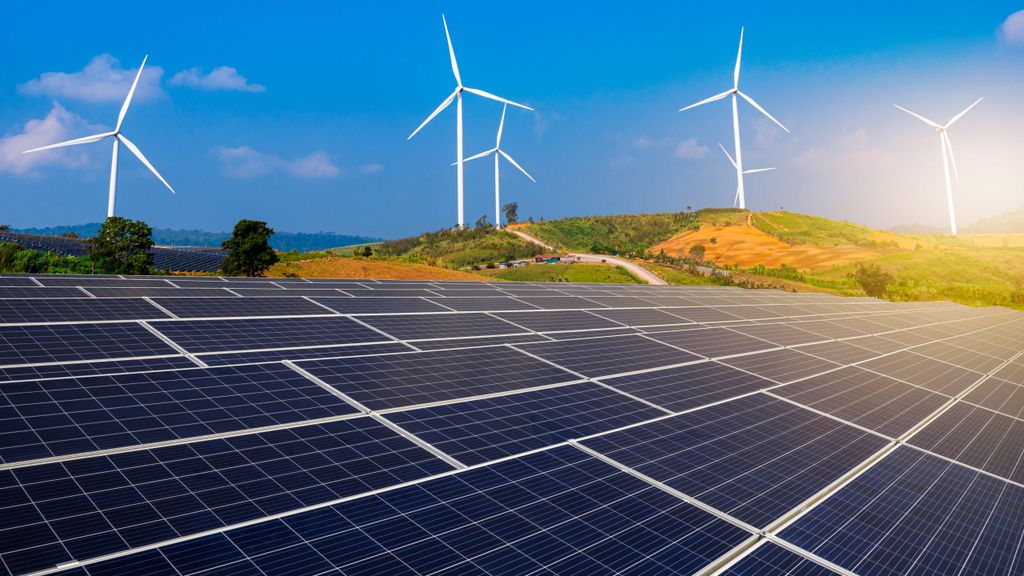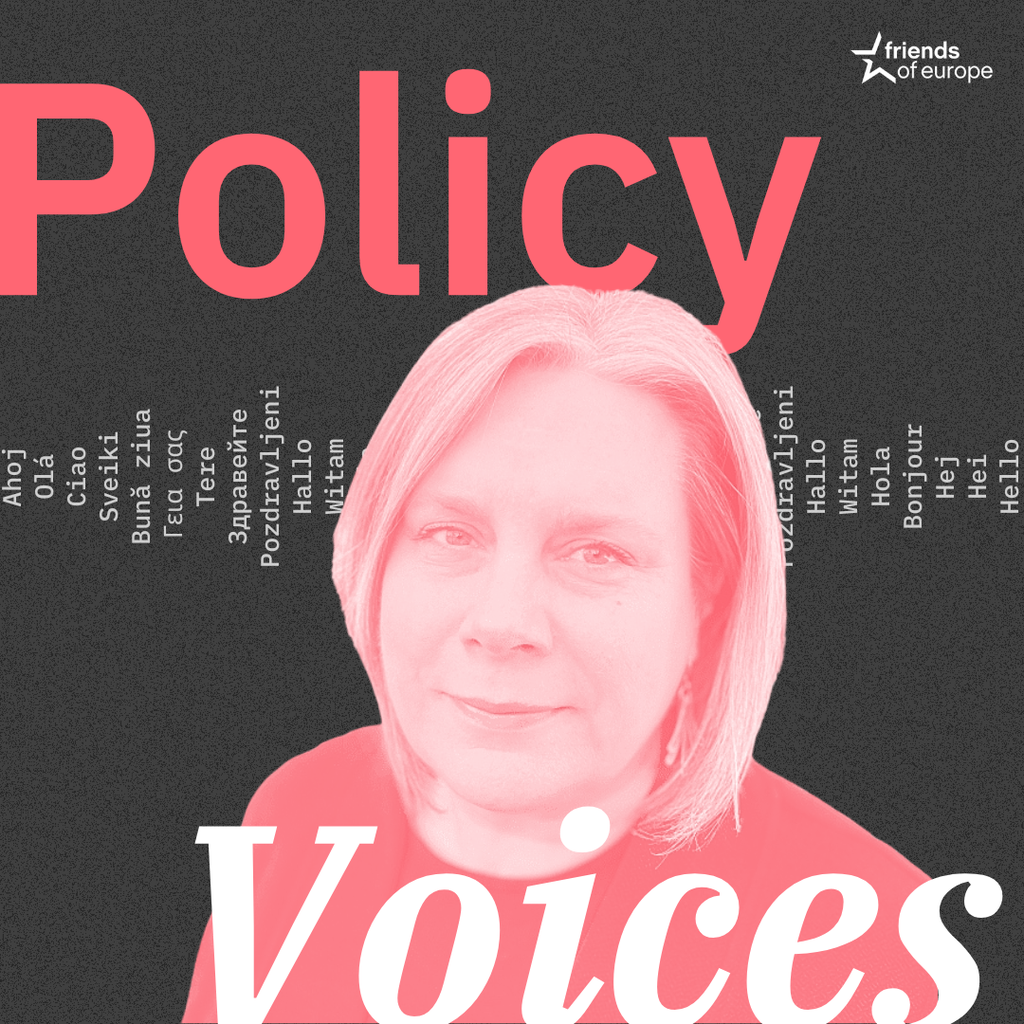A bold vision for a climate-neutral and competitive Europe
Next event In person & livestreamed

- Area of Expertise
- Climate, Energy & Natural Resources
Climate, Energy & Natural Resources

On 6 March, the European Union submitted its commitments for the new global climate treaty that’s due to be finalised in Paris. The pledge, for a 40% cut in emissions by 2030, was one of the first to be delivered to the United Nations. It went largely unnoticed, but is remarkable, not least because Europe’s pledge was delivered not by individual states, but by the EU as a whole.
European climate change policy has long been an EU-led affair. That pan-European co-ordination makes sense because tackling climate change requires concerted international action. The origins of the joint submission lay in the Kyoto Protocol negotiations back in 1997, when EU member states secured the right to meet their commitments collectively. The protocol includes a provision that allows EU members to allocate commitments among themselves.
This arrangement turned climate policy into a rare EU success story, an example of European co-ordination and solidarity. The reallocation of commitments gave southern, and later central-eastern, European countries room for substantial emissions growth which was offset by tighter targets in countries such as Denmark, Germany and the UK.
Those arrangements were followed in 2005 by the creation of the EU Emissions Trading Scheme, the world’s largest environmental market. Covering about half of EU emissions, the ETS is the EU’s key policy tool for meeting emissions objectives – the 40% by 2030 promised ahead of Paris and an earlier commitment to a 20% reduction of emissions by 2020, both relative to 1990 levels. By the middle of the century, the EU is committed to reducing emissions by at least 80%.
The ETS is designed to meet these objectives in the cheapest possible way. Companies that find it hard to reduce emissions can buy emission allowances, or permits, from businesses that can do so cheaply and are willing to do more. The ETS also ensures that there is a price to pay for emitting carbon. As a result, Europe’s biggest emitters are now managing their emissions much more consciously. That is perhaps the most important achievement of the scheme.
The EU ETS hasn’t gone entirely to plan. There were regulatory teething problems and instances of fraud. The main problem, however, has been with the price of allowances.
Carbon prices are meant to respond to market developments, for example, if coal prices fall, the price of carbon needs to go up to curtail emissions from increased coal use. That fluctuating price should be one of the virtues of the scheme. Unfortunately, the European carbon price developed a tendency to crash. The first price collapse in 2006 was caused by countries handing out too many permits. A tighter cap was introduced, but then the carbon market was hit by the economic crisis of 2008. As the European economy contracted, emissions fell to a point where the supply of allowances again exceeded demand.
It’s counterproductive to saddle the economy with overly tight regulation in difficult times
The surplus of permits is now equivalent to at least one year of emissions. The price has only kept above zero because firms can bank their surplus for use in future years. There is also an expectation that the surplus permits will, eventually, be removed from the system. However the European Commission has been slow to do so.
One reason for this is politics. The Commission was reluctant to propose measures that would require national approval and might therefore be open to sabotage by unenthusiastic member states. There was also a strong belief that the market would put things right. The Commission argued market participants would prefer depressed and fluctuating prices over the political risks associated with an uncertain emissions cap.
That is a valid point. There is a counter argument, however. Climate policy is more cost-effective if emission reductions can be moved from periods when they are costly to periods when they are cheap. In other words, it makes sense to tighten the emissions cap during an economic downturn and loosen it in boom times.
This has to be done within reason. It’s counterproductive to saddle the economy with overly tight regulation in difficult times. The carbon price can be allowed to fall, but not by as much as it would – and did – under a fixed cap.
EU leaders took a big step towards reforming the ETS along these lines when they agreed late last year to establish a market stability reserve to address the chronic surplus of allowances and deal with potential future shocks. The stability reserve was widely welcomed, but its start date is still under debate. The Commission proposed 2021, but the European Parliament wants to bring it forward to at least 2019.
In the meantime, carbon prices are likely to remain depressed, even if markets anticipate the new rules. The size and ambition of the ETS and its firm emissions targets have given the EU a leadership role in international climate negotiations. It is a role that the EU has relished and the Union has been a hugely important and often effective player in these intricate talks.
The EU will still be a central player ahead of the crucial Paris summit in December, but its claim to lead by example is being eroded. While the EU ETS is still the world’s largest carbon market, regional trading schemes in China and in California are equally ambitious in their depth and scope. They have learned from the EU ETS and avoided many of its design faults. Their carbon prices are often higher than those in the EU.
The size and ambition of the ETS and its firm emissions targets have given the EU a leadership role in international climate negotiations
A growing number of countries have adopted carbon targets and are legislating on climate change. A new survey by the Grantham Research Institute, in collaboration with global parliamentary groups, identified over 800 climate-related laws in the 99 surveyed countries. This includes pertinent legislation by all major emitters, including China and other emerging markets.
By several measures, the carbon ambitions of these countries are now on a par with those of the EU. China’s 2020 target is to reduce its carbon intensity – that is carbon emissions relative to its fast-growing GDP – by 40%. The EU has a much more anemic economy, so if its 2020 ambition is translated into the same metric, we find that the EU requires cuts of only about 30% in intensity terms.
The EU’s climate change objectives were strengthened in October 2014, when EU leaders agreed the 40% target for 2030. As with the 2020 goals, the new carbon target is complemented by parallel objectives for renewable energy and energy efficiency. However EU leaders have yet to decide how the emission reduction burden will be shared out among member states.
The Commission claims that the new target puts Europe “on the cost-effective track towards … its objective of cutting emissions by at least 80% by 2050.” That seems unlikely. According the proposed schedule, member states will have to reduce emissions by slightly less than 3% a year on average between 2020 and 2030. The pace then has to accelerate to over 5% a year between 2030 and 2050.
Back-loading emission cuts to such an extent might prove costly. Clean technologies like renewable energy and electric cars will be cheaper in the 2030s – assuming they enjoy sufficient support – but in sectors with long-lived capital a 5% annual emissions cut would exceed the rate at which assets are depreciated and replaced. The Commission’s proposed path may therefore require the premature scrapping of capital after 2030, an expensive prospect which could be avoided with a more proactive timetable.
EU leaders would be well advised to review their targets once more and bring climate action forward. This applies not just to the 2030 target, but also the ambition for 2020, which looks modest in the light of recent trends. The 2020 target could easily be strengthened from 20% to 30%, as EU leaders once contemplated. The start of the ETS stability reserve should also be brought forward to boost confidence in the carbon market.
Climate change involves timeframes that go well beyond policymakers’ normal planning horizons. This means action often gets postponed. The challenge for EU leaders now is to look, for once, into the long term.
Next event In person & livestreamed

Past event In person & livestreamed

Past event In person & livestreamed

Past event In person & Livestreamed





Stay informed
We use cookies and similar technologies to adjust your preferences, analyze traffic and measure the effectiveness of our campaigns. Learn more about our privacy policy.